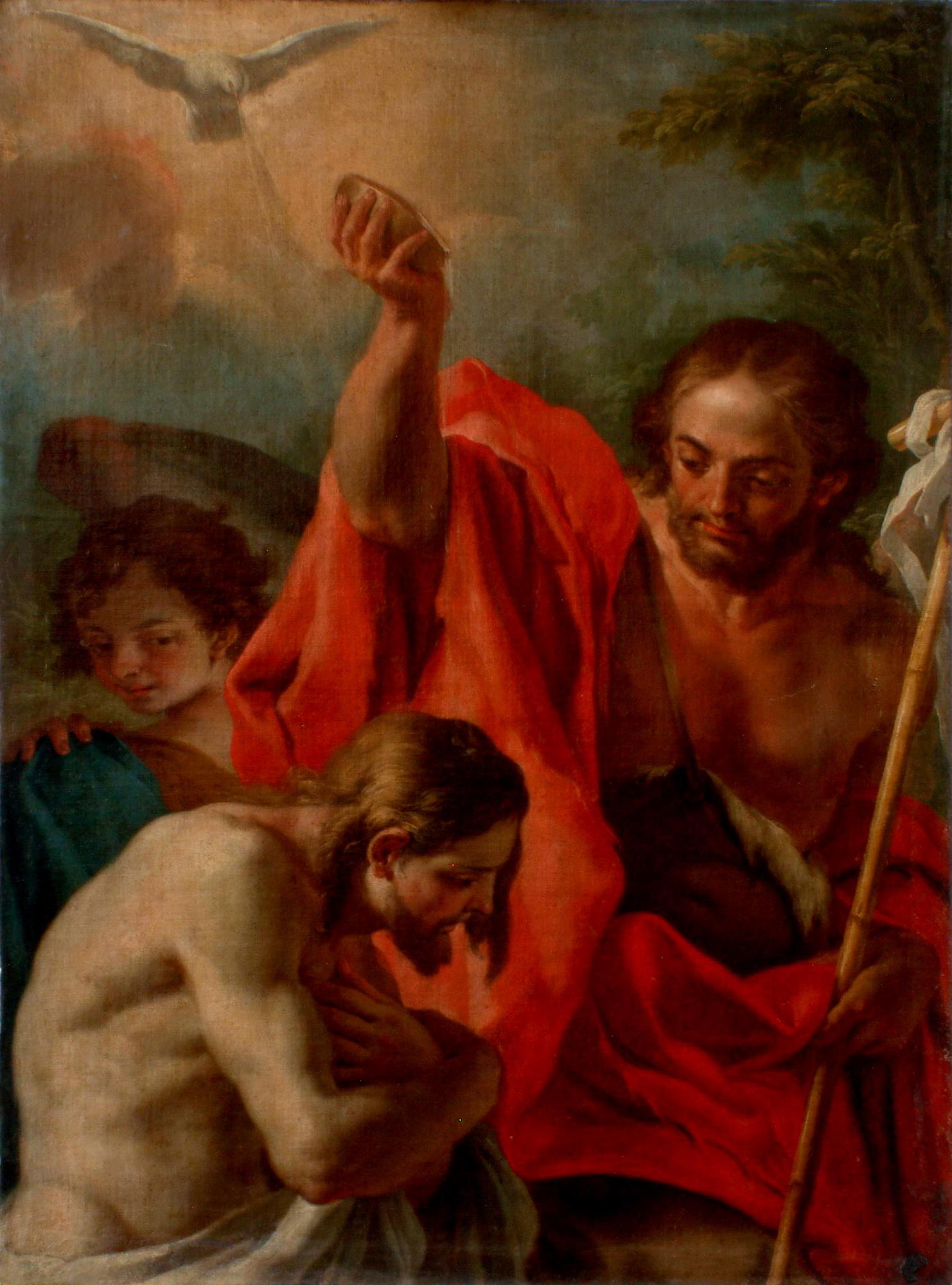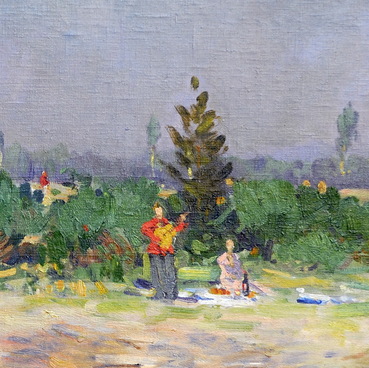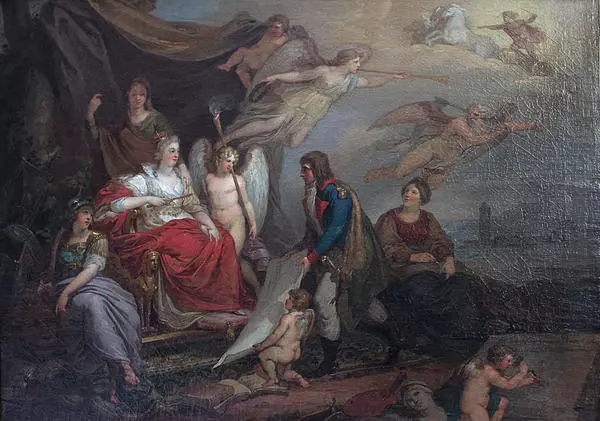French artist Louis Jean Francois Lagrenee was born in 1725 in Paris. His younger brother was a painter and an engraver Jean Jacques Lagrenee. Louis Lagrenee studied at the Paris Academy of Arts under the master of academic painting Charles-Andre van Loo. In 1749 he received the Roman Prize and spent three years in Italy at the expense of the Academy. When Lagrenee Sr. returned to Paris in 1755, he was awarded the title of a full member of the Paris Academy of Arts.
In 1760 Russian Empress Elizaveta Petrovna invited the artist to St. Petersburg. He was awarded the title of court painter and professor-teacher of historical painting at the St. Petersburg Academy of Arts. On the occasion of opening of the Academy the artist painted a large plafond with an allegorical plot Elizaveta Petrovna — the patron of arts.
While working in Russia, Lagrenee Sr. significantly influenced the Russian academic art. Clear composition and light color scheme of his paintings gave lightness and elegance to the traditional ‘big genre’ — religious, mythological and allegorical painting. In the painting Baptism from the collection of the Stavropol Museum of Fine Arts, Lagrenee Sr. depicted the biblical scene of baptism of Jesus Christ. To His right is bare-chested John the Baptist, wearing a red cloak and a haircloth — rough clothes made of horse hair. The Baptist is pouring water from a bowl on Christ’s head with his right hand and holding a stick in his left hand. Jesus is accepting baptism bent and with His arms crossed on the chest. An angel in a blue cloak can be seen in the background behind him.
Lagrenee Sr. used the traditional for classicism compositional scheme — the triangle. He modeled the main form with lines and light and shadow. The local color in the picture emphasized plasticity of the figures and separated the space zones of the picture. Geometrically precise composition and thought through color solution insured the overall harmony and gave the air of nobility to the whole scene.
In Russia Lagrenee Sr. painted portraits, made decorative murals — decorated the Winter Palace in St. Petersburg. Upon his return to France, Lagrenee Sr. became a professor in 1763, then, in 1781, an adjunct rector of the Paris Academy and director of the French Academy in Rome. Lagrenee Sr. died in Paris in 1805.
In 1760 Russian Empress Elizaveta Petrovna invited the artist to St. Petersburg. He was awarded the title of court painter and professor-teacher of historical painting at the St. Petersburg Academy of Arts. On the occasion of opening of the Academy the artist painted a large plafond with an allegorical plot Elizaveta Petrovna — the patron of arts.
While working in Russia, Lagrenee Sr. significantly influenced the Russian academic art. Clear composition and light color scheme of his paintings gave lightness and elegance to the traditional ‘big genre’ — religious, mythological and allegorical painting. In the painting Baptism from the collection of the Stavropol Museum of Fine Arts, Lagrenee Sr. depicted the biblical scene of baptism of Jesus Christ. To His right is bare-chested John the Baptist, wearing a red cloak and a haircloth — rough clothes made of horse hair. The Baptist is pouring water from a bowl on Christ’s head with his right hand and holding a stick in his left hand. Jesus is accepting baptism bent and with His arms crossed on the chest. An angel in a blue cloak can be seen in the background behind him.
Lagrenee Sr. used the traditional for classicism compositional scheme — the triangle. He modeled the main form with lines and light and shadow. The local color in the picture emphasized plasticity of the figures and separated the space zones of the picture. Geometrically precise composition and thought through color solution insured the overall harmony and gave the air of nobility to the whole scene.
In Russia Lagrenee Sr. painted portraits, made decorative murals — decorated the Winter Palace in St. Petersburg. Upon his return to France, Lagrenee Sr. became a professor in 1763, then, in 1781, an adjunct rector of the Paris Academy and director of the French Academy in Rome. Lagrenee Sr. died in Paris in 1805.




